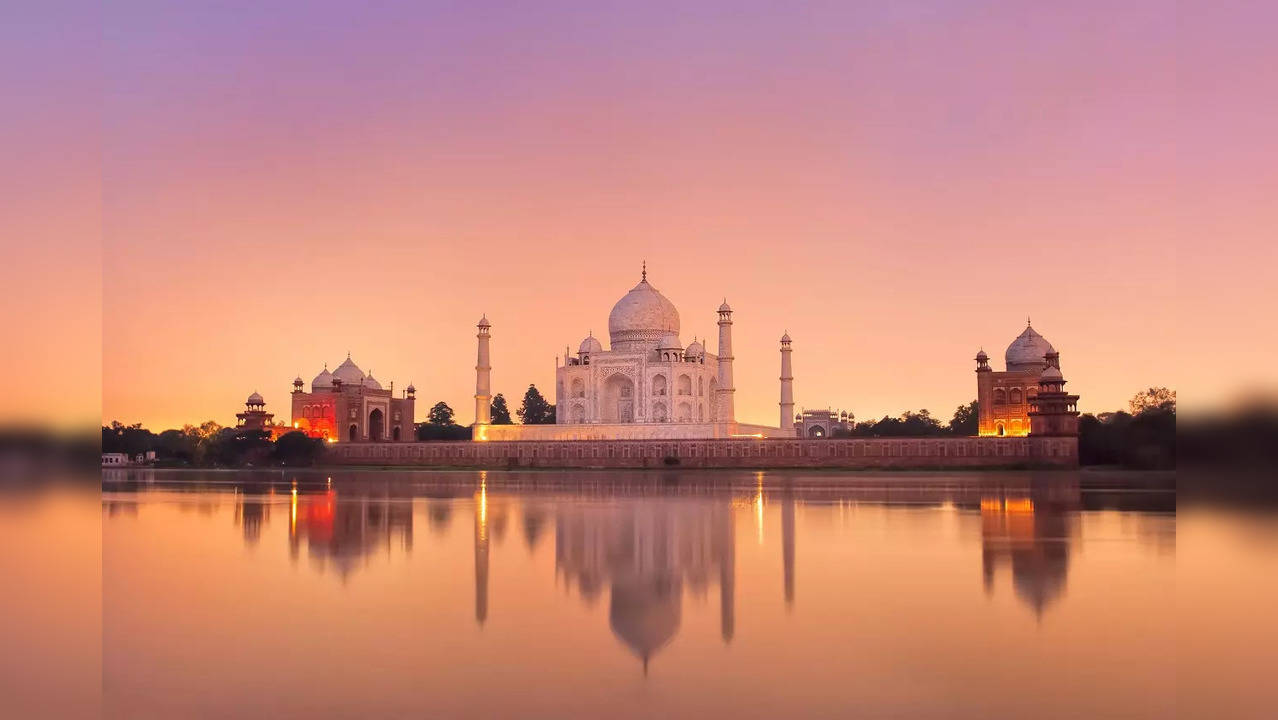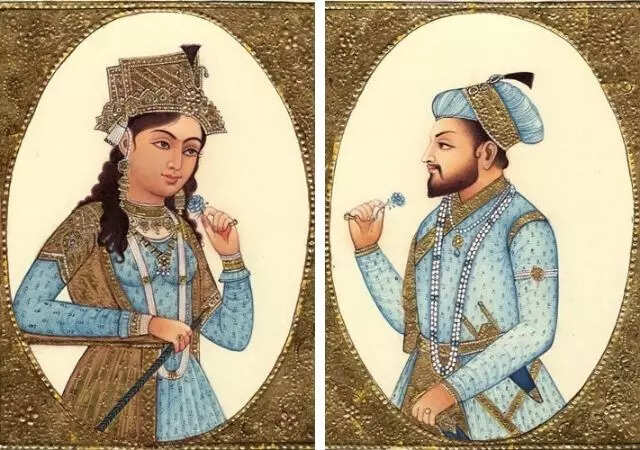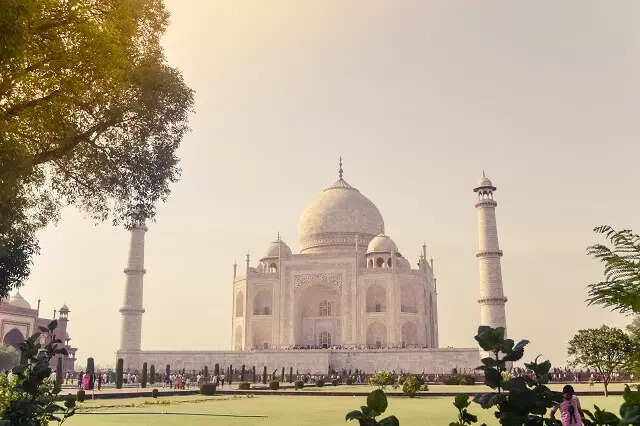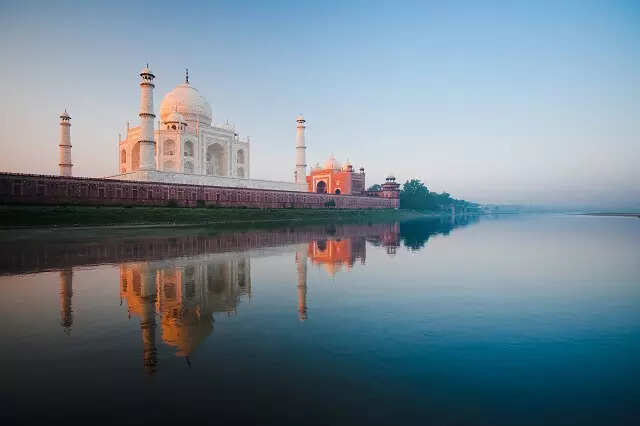Hindu temple, Rajput palace or a mausoleum - The conundrum of Taj Mahal’s 22 locked rooms
Was Taj Mahal originally a mausoleum? Or is there a mystery hidden beneath its silent graves…

Taj Mahal
Photo : iStock
KEY HIGHLIGHTS
- The Allahabad High Court has dismissed a plea seeking the opening of the 22 chambers of the Taj Mahal
- There is a belief that proof of idols of Hindu gods and goddesses is contained in these cells
- Princess Diya Kumari believes that Taj Mahal was originally a Rajput palace belonging to Raja Mann Singh's ancestor Raja Jai Singh
It’s a season of controversies related to mosques and mausoleums. The Lucknow bench of the Allahabad High Court on Thursday dismissed a petition seeking to open 22 locked rooms beneath India’s stunning tourist attraction Taj Mahal’s main building. The court pulled up the petitioner, Rajneesh Singh, who claims to be affiliated with the Bharatiya Janata Party’s Ayodhya unit.
In its sharp rebuke, the court asked Rajneesh Singh why the court should decide on who built the Taj Mahal and that the petitioner would tomorrow seek to go inside the Judges' Chambers and see what is contained there. “These debates are meant for drawing rooms, not for a court of law,” the bench of justices DK Upadhyaya and Subhash Vidyarthi said.
Justice Upadhyaya also advised Rajneesh Singh to do his research and study history if determining facts was his only concern and not waste the court’s time by making a mockery of the PIL system unless any constitutional right was being violated.
The petitioner had sought Allahabad High Court’s help to direct authorities to constitute a fact-finding committee and search for historical evidence of whether Hindu idols were in the 22 chambers of the Taj Mahal.
The grapevine fuelled by history revisionist Purushottam Nagesh Oak has been that an ancient Shiva temple stood at the spot where Taj Mahal stands today and that Mughal emperor Shah Jahan in the 17th century had razed the Hindu shrine to build a mausoleum for his wife Mumtaz Mahal, who bore him 13 children including Aurangzeb, who later incarcerated him.

Taj Mahal’s architectural layout
In terms of the structure, Taj Mahal is built in three layers. The upper portion stands on a 6.6-metre high plinth and has a round dome at the centre with minarets on the four sides. The lower portion is square in design and contains the graves of Mumtaz Mahal and Shah Jahan. And below this structure are 22 rooms that hold the mystery. Octagonal chambers are believed to be connected to one another through diagonal passages, much like Humayun's tomb in Delhi. These rooms, also called as cells by the Archaeological Survey of India, have been locked up for decades and not opened since 1934, leading to demands to investigate the contents of these chambers.

Apparently, the cells are connected by a gallery leading to a riverfront terrace, also popularly called as ghat in Indian parlance. Some of these spacious rooms overlooked the riverfront and were cooled by the breeze coming from the River Yamuna through latticed windows.
It is believed that Emperor Shah Jahan arrived at the Taj Mahal via boat and entered the mausoleum via a flight of stairs and spent time there in remembrance of his lost love.

Was Taj Mahal a Rajput palace?
However, there is a new dimension to this conundrum now. Jaipur’s princess Diya Kumari has claimed that Taj Mahal was neither an originally made mausoleum nor ever a Shiva temple, but a Rajput palace owned by the Jaipur royal family’s Raja Mann Singh, ancestor Raja Jai Singh, and was later transferred to the Mughal king.
Records showing the original ownership, as per Diya Kumari, are with the royal family’s pothikhana and these documents can be produced before the court, if the court wishes to see them. These documents contain proof that the king had transferred the palace either for compensation or to buy peace and friendship and may have also helped in providing marble from his kingdom. Interestingly, the quarries of Amer at that time produced a very similar kind of marble to the one used in the Taj Mahal, lending credence to the princess’ claim.
This, therefore, is the long and short of the Taj Mahal’s mystery.
Trending:
End of Article
Subscribe to our daily Newsletter!





Related News





Sadhguru Lists 5 Things To Remember When You Vote

Why Politicians Make Excellent Social Media Content Creators

China’s Military's Agenda

Opinion | Gender Justice In AI Isn't Just About Fairness; It's A Strategic Call For India

Elections And Safety: The Role Of Candidate Selection In Addressing Crime Against Women In West Bengal









